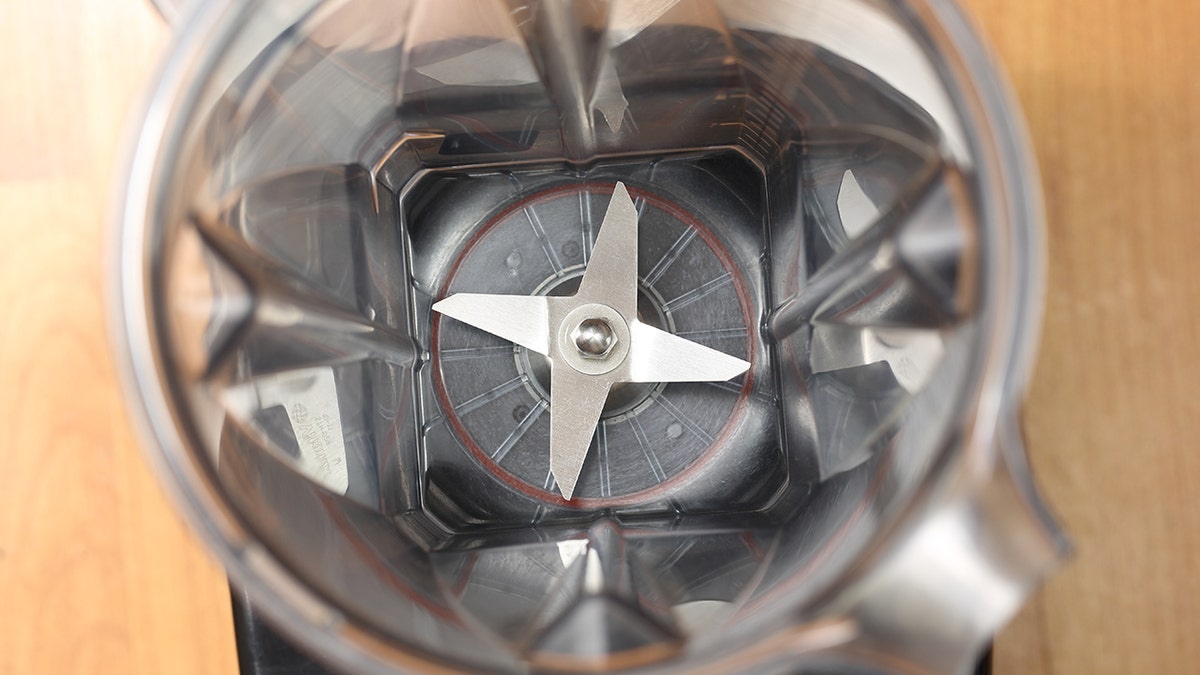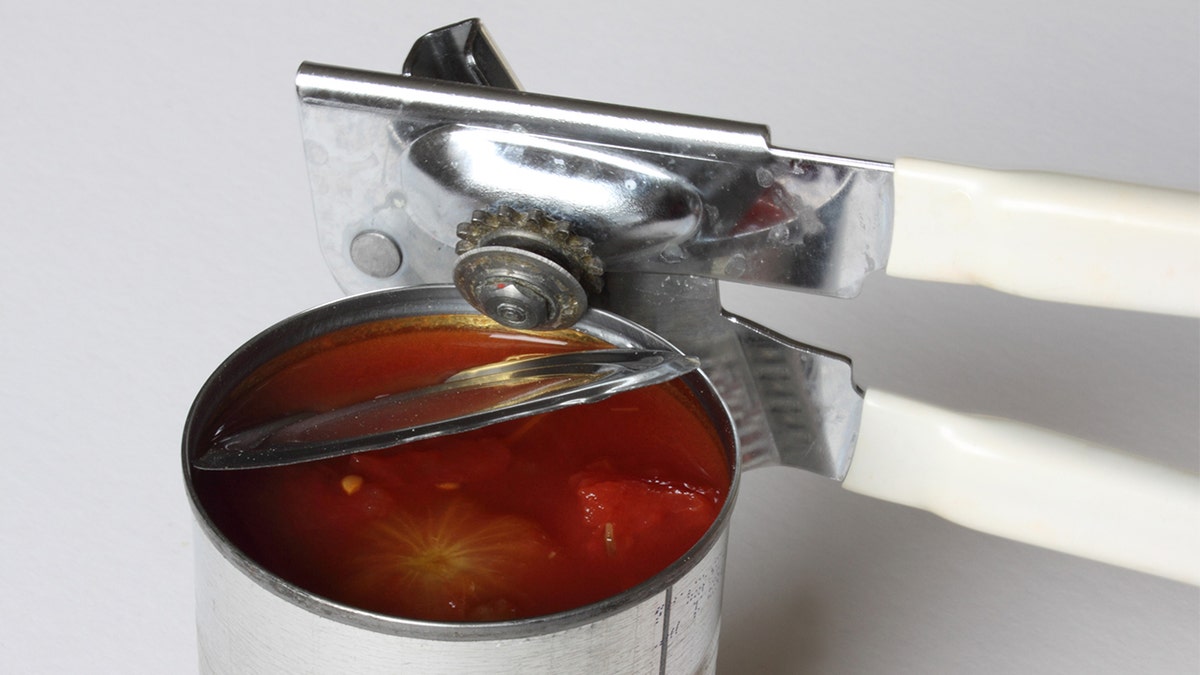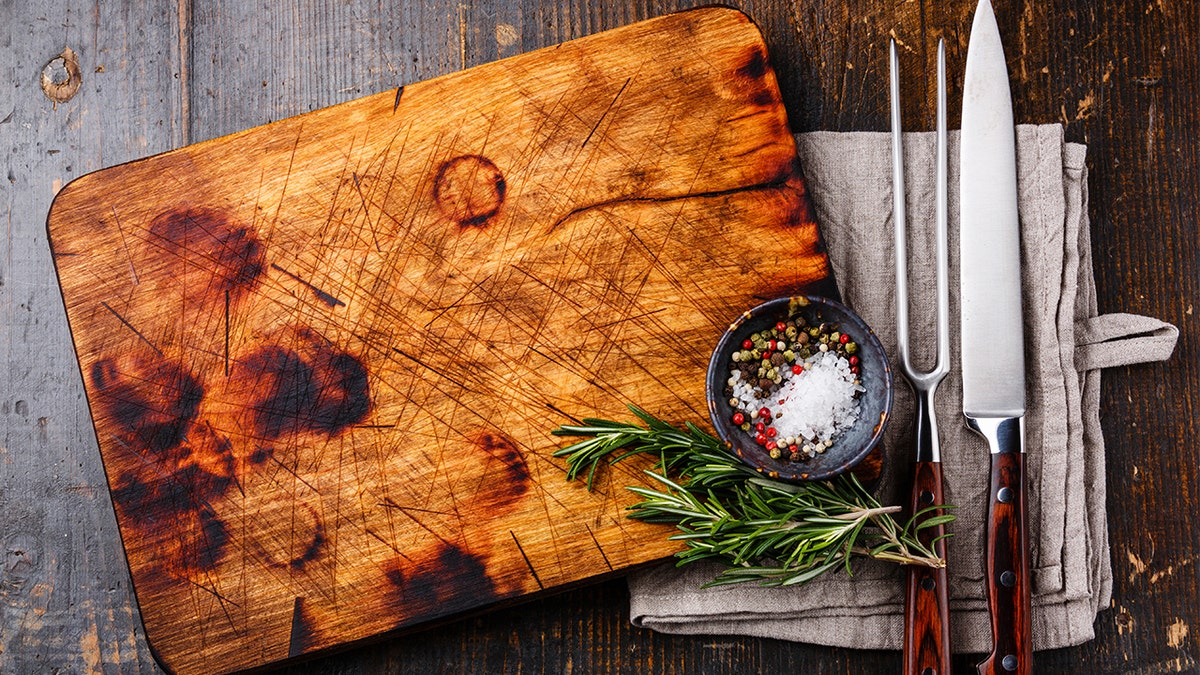
The kitchen is the setting of our dearest sensory memories.
The smell of sautéed garlic, the taste of slow-cooked chili or the texture of fresh pasta dough can transport us back to delightful periods of our past.
But this most sacred of spaces is also one of the dirtiest. A study conducted by the sanitation standards organization NSF International found that 36 percent of kitchen items tested contained some coliform bacteria and 100 percent of the items harbored yeast and mold. Although bacteria are impossible to avoid altogether, many crevices and appliances common to kitchens were covered in particularly dangerous strains such as salmonella, E. Coli, and listeria.
Even the most inconspicuous kitchen devices can house scary germs.
Who would ever think that the salt and pepper shakers or refrigerator door handle could be a serious source of bacteria? Fortunately, after identifying the dirtiest places in your kitchen, you’ll be able to clean them properly. All it takes is some disinfectant, hot water, clean paper towels and a couple tablespoons of vinegar to disinfect almost any kitchen counter, appliance, or gadget.
1. Blender gaskets

(iStock)
Blenders are tremendously useful tools but they are tricky to clean. Some of that carrot ginger soup or chai-banana power smoothie inevitably finds its way into an impossible-to-reach crevice. The blender gasket — the circular piece of plastic adjoined to the blade — is rarely sanitized or scrubbed. A 2013 NSF International Household Germ Study revealed that 36 percent of these gaskets contain traces of salmonella and 43 percent of them carry yeast or mold.
2. Can opener

(iStock)
Whether it’s breaking open a can of crushed tomatoes or liberating some refried beans from their aluminum prison, the can opener is both useful and practical, but this basic kitchen appliance requires extra love and attention. Merely rinsing the can opener under warm water won’t necessarily do the trick. To completely sanitize a can opener and remove any remnants of Salmonella, E. coli, yeast, and mold, place it in the dishwasher after each use. If a dishwasher is unavailable, wash it in hot, soapy water and air dry.
3. Countertop

(iStock)
The kitchen countertop, the place where fresh fruits and vegetables and other ready-to-eat food items are set to rest, is frighteningly dirty. An NSF study found that one-in-three countertops was riddled with harmful coliform bacteria. Wiping the countertop with a used dishcloth or sponge only exacerbates the problem. To effectively clean a countertop, spray it with kitchen cleaner or disinfectant and wipe it down with a paper towel.
4. Cutting board

(iStock)
Cutting boards are like an all-inclusive resort for bacteria. When you dice up raw chicken or beef, salmonella and other coliform bacteria nestle into crevices or imperfections on the cutting board. Cutting boards, especially wooden ones, need to be washed in hot, soapy water after each use. To eliminate remaining germs and ensure safety, put the cutting board into the dishwasher or disinfect it with bleach or kitchen cleaner. Different cutting boards should always be used for meat and vegetables in order to avoid cross contamination.
5. Dishcloth

(iStock)
It’s common to do laundry once every two or three weeks, but how often do you give your kitchen dishcloth a cleaning? A study conducted by NSF International found that 75 percent of dishcloths and sponges contain some form of coliform bacteria such as salmonella or E. coli.
Check out the 12 Dirtiest Places in Your Kitchen (Slideshow)
